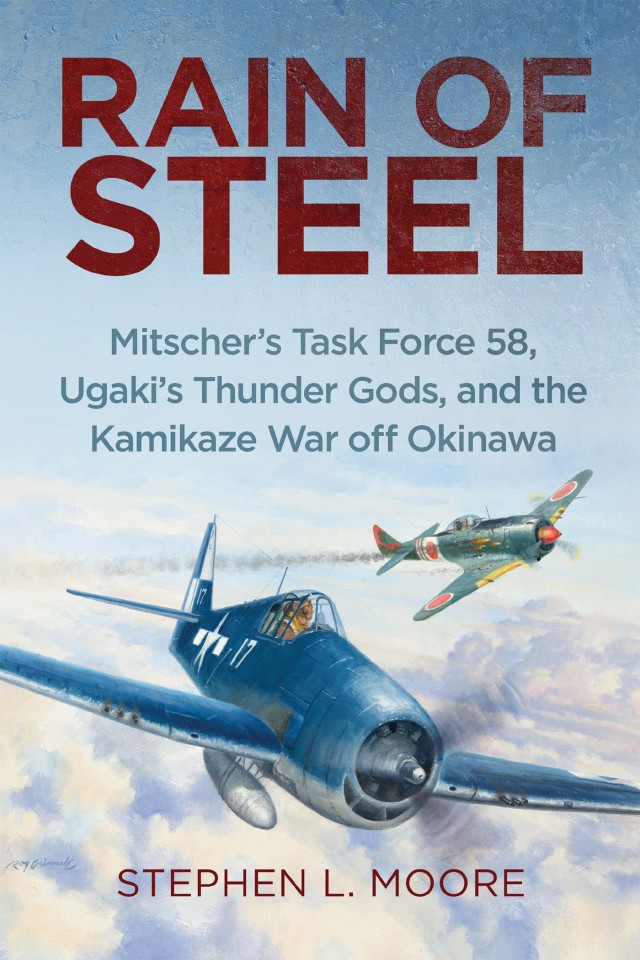

Most ebook files are in PDF format, so you can easily read them using various software such as Foxit Reader or directly on the Google Chrome browser.
Some ebook files are released by publishers in other formats such as .awz, .mobi, .epub, .fb2, etc. You may need to install specific software to read these formats on mobile/PC, such as Calibre.
Please read the tutorial at this link: https://ebookbell.com/faq
We offer FREE conversion to the popular formats you request; however, this may take some time. Therefore, right after payment, please email us, and we will try to provide the service as quickly as possible.
For some exceptional file formats or broken links (if any), please refrain from opening any disputes. Instead, email us first, and we will try to assist within a maximum of 6 hours.
EbookBell Team

4.0
36 reviewsThe last Pacific campaign of World War II was the most violent on record. Vice Admiral Marc Mitscher’s Task Force 58 carriers had conducted air strikes on mainland Japan and supported the Iwo Jima landings, but his aviators were sorely tested once the Okinawa campaign commenced on 1 April 1945. Rain of Steel follows Navy and Marine carrier aviators in the desperate air battles to control the kamikazes directed by Vice Admiral Matome Ugaki. The latter would unleash ten different Kikusui aerial suicide operations, one including a naval force built around the world’s most powerful battleship, the 71,000-ton Yamato. These battles are related largely through the words and experiences of some of the last living U.S. fighter aces of World War II. More than 1,900 kamikaze sorties—and thousands more traditional attack aircraft—would be launched against the U.S. Navy’s warships, radar picket ships, and amphibious vessels during the Okinawa campaign. In this time, Navy, Marine, and Army Air Force pilots would claim some 2,326 aerial victories. The most successful four-man fighter division in U.S. Navy history would be crowned during the fight against Ugaki’s kamikazes. The Japanese named the campaign tetsu no ame (“rain of steel”), often referred to in English as “typhoon of steel.”